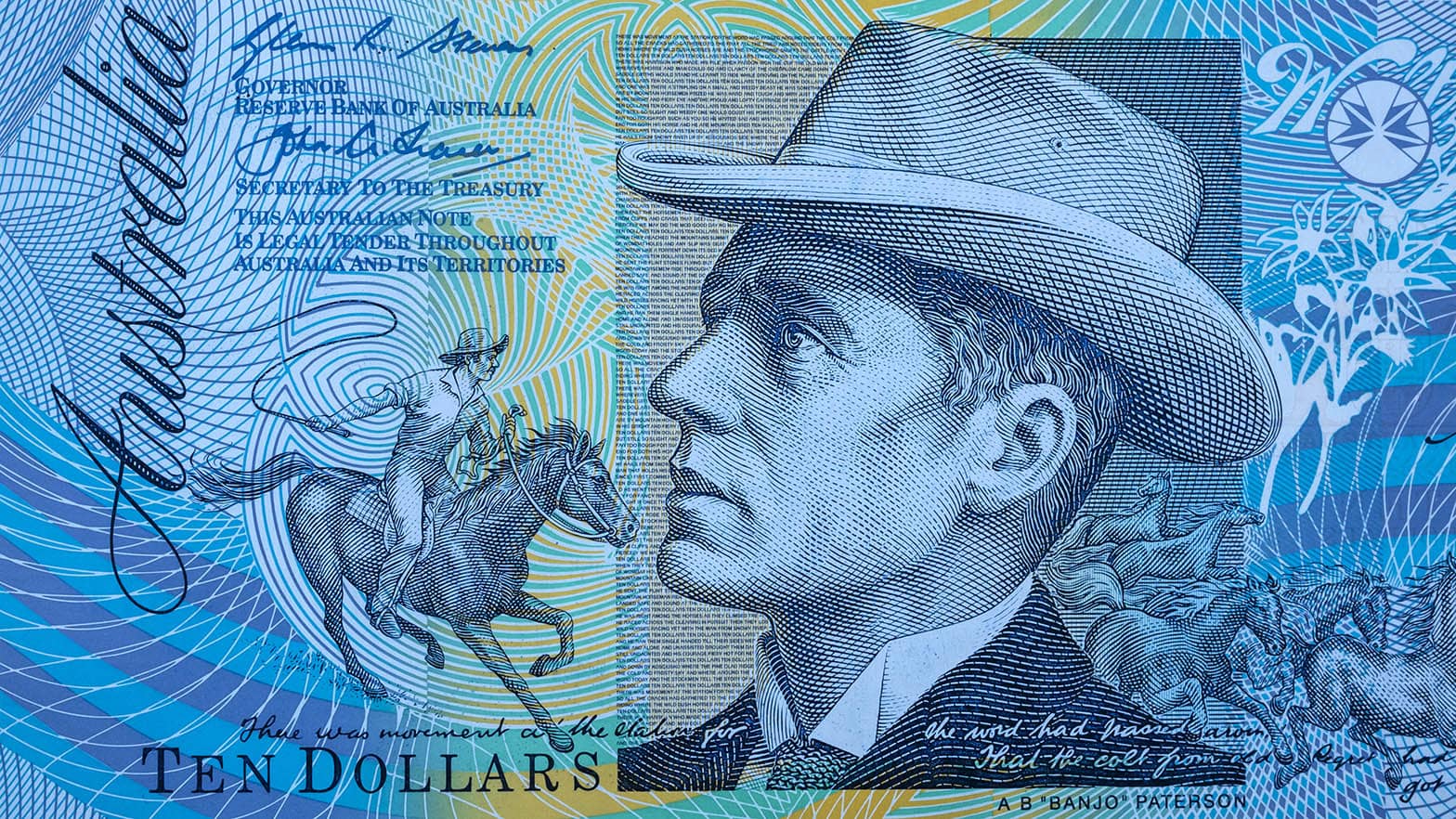Australian Dollar: "Soft Taper" from RBA is Coming says ANZ
- Written by: Gary Howes
-
- RBA policy shift on the cards
- ANZ say 'soft taper' likely in July
- Could offer AUD upside support

Image © Adobe Images
- GBP/AUD reference rates at publication:
- Spot: 1.8263
- Bank transfer rates (indicative guide): 1.7624-1.7752
- Money transfer specialist rates (indicative): 1.8099-1.8135
- More information on securing specialist rates, here
- Set up an exchange rate alert, here
The Reserve Bank of Australia could increasingly become a source of support to the Australian Dollar when it announces what amounts to a 'soft taper' at its July policy meeting.
According to new research from ANZ Bank, the Reserve Bank of Australia (RBA) must initiate a change to its quantitative easing programme come July, and the decision it takes will ultimately have implications for the Aussie currency.
"We now expect the RBA to announce a shift to ‘flexible’ QE that entails no set total and starts at a weekly amount of AUD5bn that will be reviewed before year end," says David Plank, Head of Australian Economics at ANZ.
"We think the market will view this as a ‘soft’ taper," adds Plank.
'Tapering' refers to the gradual process of shutting down a quantitative easing programme by reducing the amount of assets a central bank purchases under that programme.
It is the first step in a central bank's journey to raising interest rates, which the foreign exchange playbook tells us is on balance supportive of a currency.
That the RBA could be about to start that journey would therefore offer upside support to the Aussie.
Above: Weekly chart showing GBP/AUD price action.
Secure a retail exchange rate that is between 3-5% stronger than offered by leading banks, learn more.
In February the RBA said it would supply an additional A$100BN to the economy by September via its quantitative easing programme.
With just three months remaining before this envelope is exhausted, another decision must be made.
Another A$100BN programme appears too generous given the increased confidence in the outlook the RBA holds.
But, simply not renewing the programme would surprise the markets and likely trigger a sharp rally in the value of the Aussie Dollar.
But similar currency strength would also likely ensue if the RBA expands its quantitative easing programme but at a reduced monthly rate (explicit tapering).
"A move to explicit tapering will likely boost the AUD," says Plank.
The Bank of Canada made such a move in April when it announced it would reduce weekly asset purchases under its quantitative easing programme from C$4BN to C$3BN.
The decision prompted strong demand for the Canadian Dollar.
"A move to explicit tapering will likely boost the AUD, with the rally in the CAD following the Bank of Canada’s tapering a good pointer to this. This would be counterproductive to the attainment of the RBA’s inflation target," says Plank.
In order to avoid a sharp rally in the Aussie Dollar, ANZ are of the view the RBA will continue purchasing assets at A$5BN per week, but with no set total and a commitment to periodic review.
{wbamp-hide start} {wbamp-hide end}{wbamp-show start}{wbamp-show end}
This will allow them to wind down quantitative easing in a flexible and soft manner that avoids triggering an adverse market reaction.
"For us it comes down to a choice between another AUD100bn or an option that gives the RBA more flexibility to adjust the amount of purchases over time. We can understand why the flexible option might appeal to the RBA. It allows the amount of purchases to be adjusted as the data evolve and the programs of other central banks adjust," says Plank.
"For this reason we think the RBA will choose this option in July," he adds.
Nevertheless, a taper is a taper, regardless of whether it is soft or hard and the Australian Dollar would likely find itself better supported under such a scenario.
This is because foreign exchange markets are currently primarily focussed on how fast the world's largest central banks are withdrawing stimulus measures.
"For some time now, FX markets have been focusing on the theme of central bank policy normalisation," says Valentin Marinov, Head of G10 FX Strategy at Crédit Agricole.
Those currencies belonging to central banks that are reducing support are finding themselves better supported than those belonging to central banks that are content to sit on unchanged policy settings.
Pound Sterling Live have over recent weeks reflected on how the Australian Dollar has failed to rally in strong fashion, despite record prices on global iron ore markets.
The last time commodities were in such a cycle was during the early 2010's and the Aussie Dollar rose to record highs.
One analyst we follow pointed out that the difference between 2020-2021 and the previous commodity-fuelled Australian Dollar rally is that interest rates are now at record lows courtesy of RBA policy.
But should money markets start raising rates in anticipation of a rate rise at the RBA support for Aussie Dollar upside might become more forthcoming.
With regards to the Australian Dollar outlook, ANZ hold a Pound-to-Australian Dollar exchange rate forecast target at 1.7857 from the end of September right through to the end of March 2022.
The Australian Dollar-U.S. Dollar exchange rate forecast target is set at 0.80 by end-September, 0.82 for year-end and 0.82 for the end of March 2022.
The Australian Dollar-Euro exchange rate is forecast at 0.65, 0.65 and 0.65 for these respective timeframes.
{wbamp-hide start} {wbamp-hide end}{wbamp-show start}{wbamp-show end}





